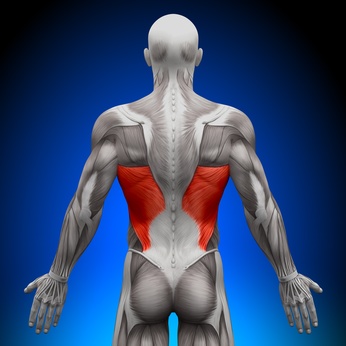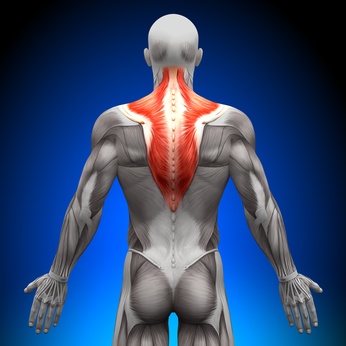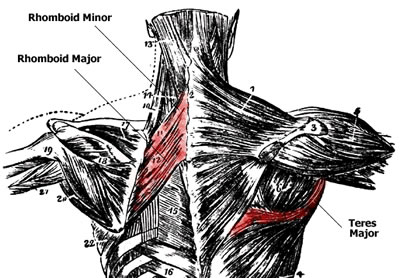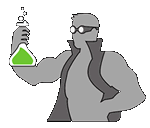
Anatomy Chart courtesy of FCIT
We'll start with the two largest muscles of the back musculature... the lats and traps.
The Latissimus Dorsi muscles (also known as the Lats) are the largest muscles of the back. Being large, fan-shaped muscles, they are able to provide force in a wide range of body positions, e.g. leaning back to straight vertical and all points in between.
The Lats are attached to the upper end of the humerus with fibers running down in a fan down the vertebral column and pelvic girdle.
The Trapezius (trap) muscle is a long, trapezoid-shaped muscle that runs down the upper section of the spinal cord, originating at the base of the skull, down the spine and in the middle back, attaching to the scapulae.
The angles of the Trapezius fibers provide pull in three different directions: up, down and in towards the centerline of the body. These actions are performed by the three different sections of the muscle...upper, middle and lower traps.







